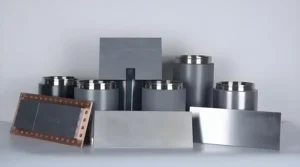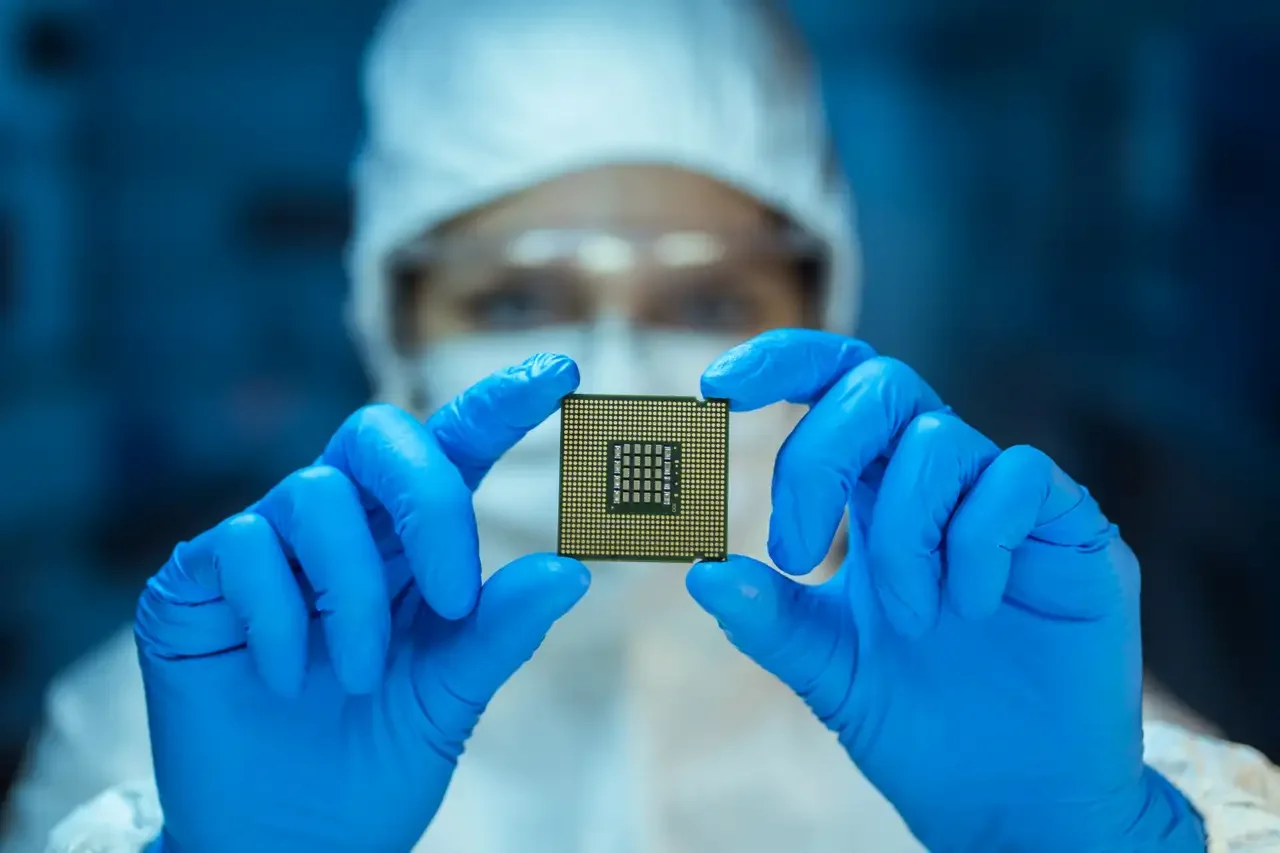
The core advantage of the unique cylindrical design of the rotary targets is the uniform utilisation of the target surface by physical rotation. This design not only optimises material consumption during sputtering, but also ensures a uniform distribution of the deposited material through continuous rotation. The rotational mechanism of the cylinder allows the sputtering beam to form a more uniform erosion path on the target surface, which greatly improves the utilisation of the target and ensures high efficiency and consistency in the thin film deposition process.
Our Rotary Targets Portfolio
We offer a comprehensive range of rotary targets to meet a variety of industrial needs.
| Metal rotary targets | Alloy rotary targets | Ceramic rotary targets |
| Aluminium (Al) | Nickel Chromium (NiCr) | Niobium Oxide (Nb2O5) |
| Titanium (Ti) | Tungsten Titanium (WTi) | Silicon Carbide (SiC) |
| Copper (Cu) | Zinc Tin (ZnSn) | Indium Tin Oxide (ITO) |
| Molybdenum (Mo) | Nickel Iron (NiFe) | Aluminium Doped Zinc Oxide (AZO) |
| Tungsten (W) | Silicon Aluminum (SiAl) | Gallium Doped Zinc Oxide (GZO) |
| Silicon (Si) | Silicon Aluminum Zirconium (SiAlZr) | Indium Tin Oxide (ITO) |
In addition, we offer compound and speciality rotary targets, materials designed for the semiconductor, photovoltaic and optics industries.
Rotary Targets vs Planar Targets
Target utilisation: Rotary targets, thanks to their unique rotating mechanism, can significantly increase target utilisation to over 70%-80%. Planar targets usually only achieve 40%-50% material utilisation.
Film Deposition Efficiency: Planar targets perform well in the deposition of small areas or specific shapes of films to meet specific performance requirements. Rotary targets show significant advantages in the uniform deposition of films over large areas. This not only improves deposition efficiency, but also ensures film uniformity and consistency, which is critical to improving product quality.
Cost Effectiveness: The lower initial cost of planar targets makes them ideal for applications with limited budgets or where film uniformity is not critical. Rotary targets, despite higher initial investment and maintenance costs, can save users more in material costs and improve productivity in the long run due to their high material utilisation and deposition efficiency.

What’s the application of Rotary Target?

With advanced metallurgy, stringent quality control and tailored engineering, our rotary targets optimise the efficiency of your sputtering process and the quality of your films, enabling you to realise the next generation of coatings and thin-film applications.
